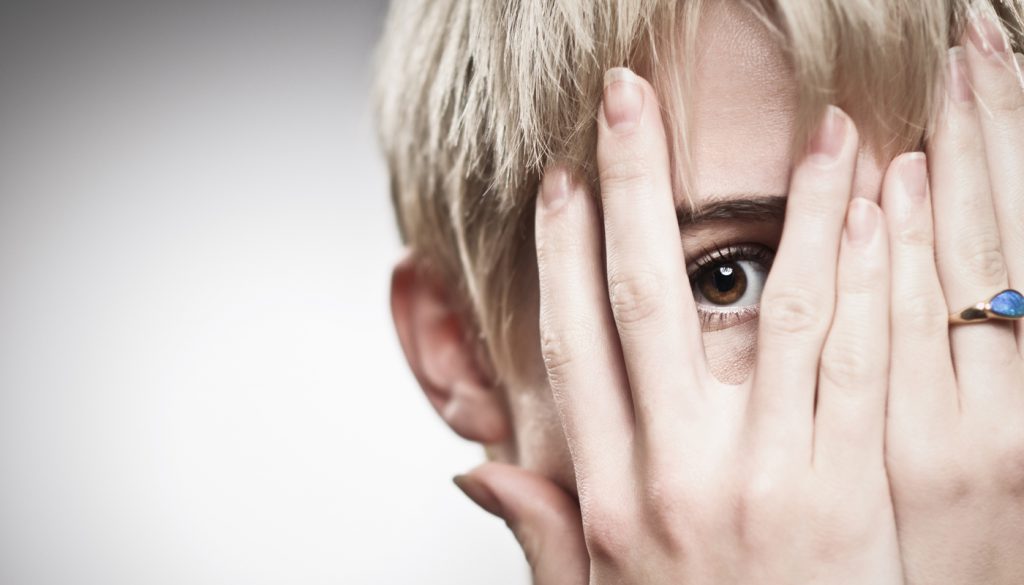Diminishing Fear Vicariously By Watching Others

Phobias — whether it’s fear of spiders, clowns, or small spaces — are common and can be difficult to treat. New research suggests that watching someone else safely interact with the supposedly harmful object can help to extinguish these conditioned fear responses, and prevent them from resurfacing later on.
The research, published in Psychological Science, a journal of the Association for Psychological Science, indicates that this type of vicarious social learning may be more effective than direct personal experience in extinguishing fear responses.
“Information about what is dangerous and safe in our environment is often transferred from other individuals through social forms of learning,” says lead author Armita Golkar of Karolinska Institutet in Sweden. “Our findings suggest that these social means of learning promote superior down-regulation of learned fear, as compared to the sole experiences of personal safety.”
Considerable research has shown that social forms of learning can contribute to the acquisition of fears, which led Golkar and colleagues to wonder whether it could also help to extinguish learned fears.
In their study, 36 male participants were presented with a series of faces, one of which was followed by an unpleasant, but not painful, electrical stimulation to the wrist six out of the nine times it was shown. This procedure was designed so that participants learned to associate the target face with the electrical stimulation.
Next, they watched a movie clip of the experiment in which the target face was not accompanied by an electrical stimulation.
Participants who watched a movie clip that included an actual person — the social learning condition — showed significantly less fear response to the target face than those who watched a similar clip that didn’t include a person. And they showed no signs of a reinstated fear response after they received three shocks without warning.
“We were surprised to find that vicarious, social safety learning not only facilitated safety learning, it also prevented the recovery of the fear memory,” says Golkar.
Golkar and her colleagues note the vicarious safety learning has long been used as part of exposure treatment of phobias — phobic individuals watch as their therapist approaches and interacts with the feared stimulus before they themselves are directly exposed to it. While these therapies can be effective, many patients suffer from relapse, during which previously extinguished fears resurface.
“Our findings suggest that model-based learning may help to optimize exposure treatment by attenuating the recovery of learned fears,” the researchers write.
The researchers are currently examining the neural processes that may play a role in vicarious safety learning and they are investigating the specific properties of the learning model — in this case, the individual being observed — that are crucial for the efficiency of such learning.





APS regularly opens certain online articles for discussion on our website. Effective February 2021, you must be a logged-in APS member to post comments. By posting a comment, you agree to our Community Guidelines and the display of your profile information, including your name and affiliation. Any opinions, findings, conclusions, or recommendations present in article comments are those of the writers and do not necessarily reflect the views of APS or the article’s author. For more information, please see our Community Guidelines.
Please login with your APS account to comment.